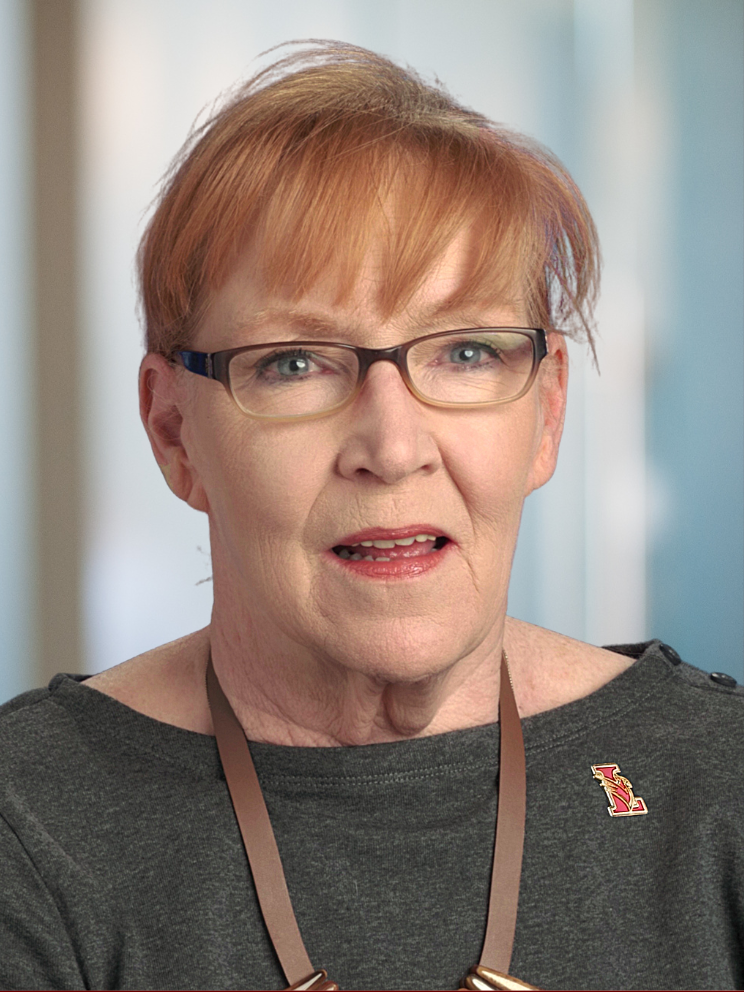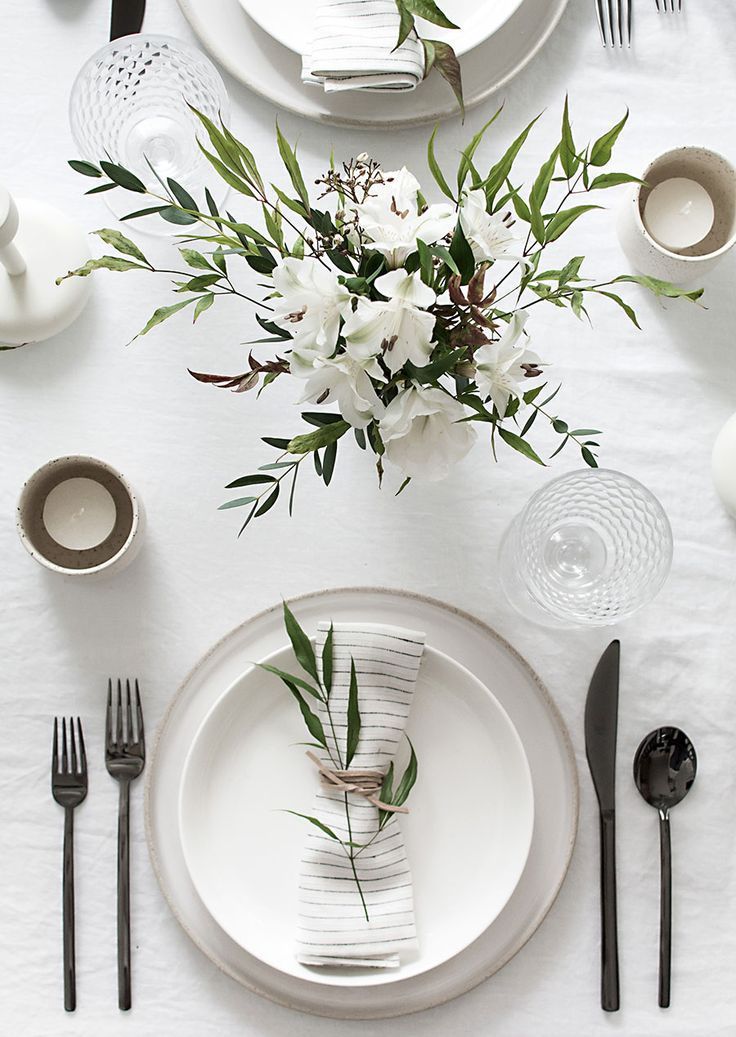As the eldest daughter in a big family, it fell to me to set the table as my mother prepared dinner each night. Once my father arrived home from work, all seven of us ate together. I grew up with both “everyday” dishes and “good” porcelain china, reserved for holidays and special occasions. When I got married, I registered for and received ”good china,” but I set a table for my family using simpler, stoneware plates.
When my husband died, our dinners became more casual, with less of a focus on the ceremony and more centered on communicating about our day. Once my kids became involved in extracurricular activities, like sports, scouts and friends, dinner was rushed; no one set the table, it was every woman for herself. Pasta. Chicken nuggets. Pizza. Ramen. Repeat. We often ate in front of the television, then they went off to do homework before bed.
Now that I’m an empty nester, my “table” is actually a tray, but it’s set: fork, knife, water glass, cloth napkin. I bring it to the family room to eat while catching the nightly news and a little Jeopardy. This is, actually, what my mother did in later life, when she was an empty nester. My siblings and I would chide her about taking her good china and silver with her to her smaller house where she ate off Pottery Barn plates. “Use the china that makes you happy,” we’d say, to no avail.
As I slowly downsize for my next, smaller home, I ask myself why I’m packing my good china instead of selling it. I haven’t used it in a long time, but knowing it’s behind the doors of the china cabinet is a sentimental comfort that harkens back to the promise of my marriage and what the future would hold: proper dinner parties with perfectly plated meals for family and friends. That spelled success to me.
My daughters don’t want the china. And like my mother, I wouldn’t use it while dining alone. I don’t see myself doing any entertaining on the scale that would merit the lovely French china, but if such an occasion should arise, I know how to set a table.

Pepper Evans works as an independent-living consultant, helping older adults age in place. She is the empty-nest mother of two adult daughters and has extensive personal and professional experience as a caregiver. She has worked as a researcher and editor for authors and filmmakers. She also puts her time and resources to use in the nonprofit sector and serves on the Board of Education in Lawrence Township, NJ.



